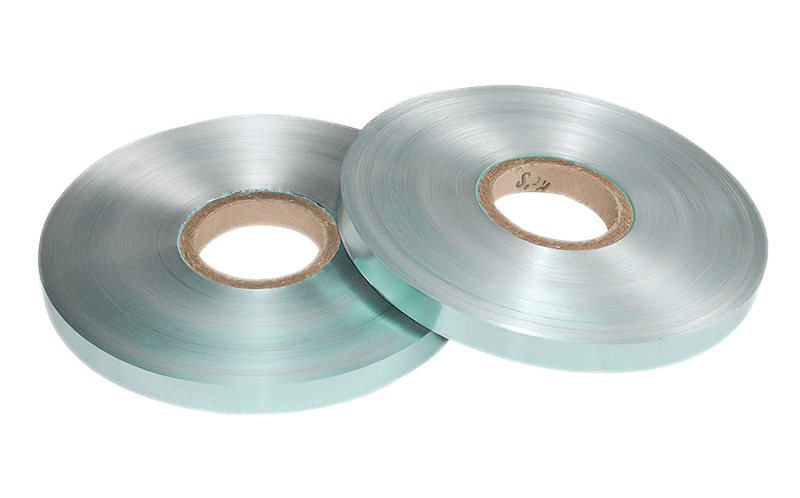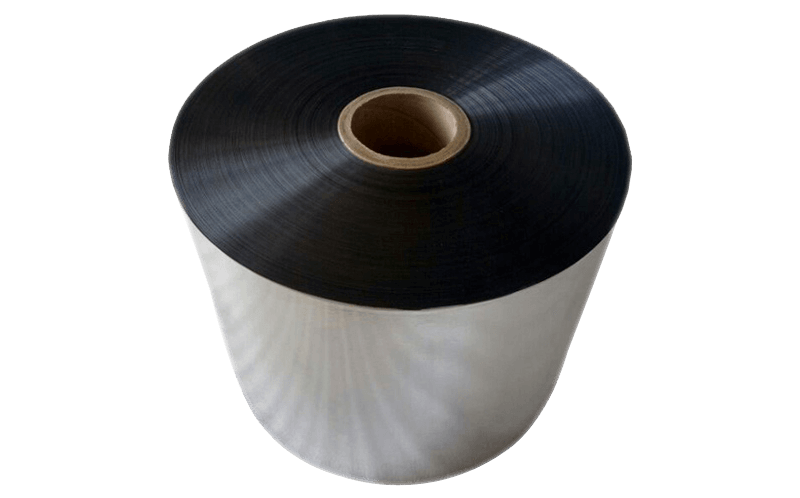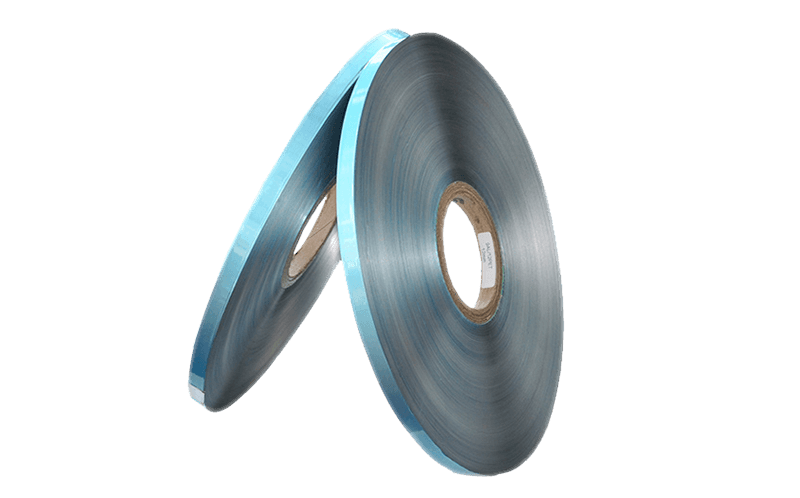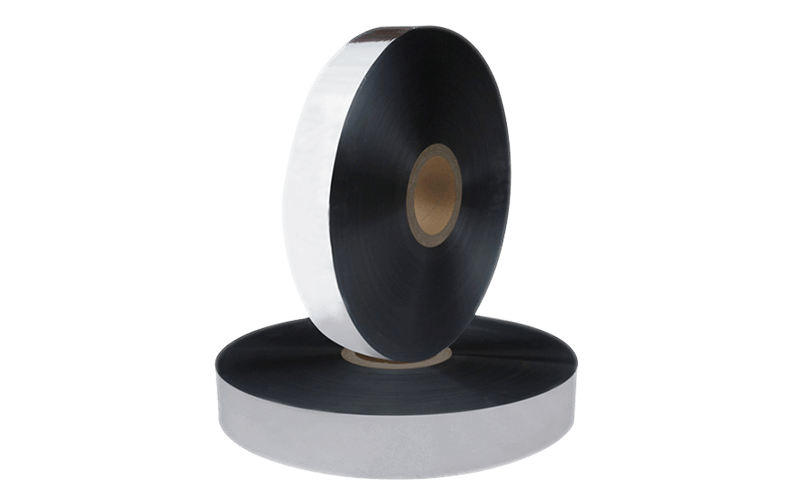Flexible duct materials are a type of ductwork that is […]
Flexible duct materials are a type of ductwork that is commonly used in heating, ventilation, and air conditioning (HVAC) systems to distribute air from the central air handler to various rooms or spaces. They consist of a flexible inner core made of various materials such as polyester, fiberglass, or aluminum, covered by a flexible or rigid outer jacket.
Flexible duct materials have several advantages over traditional rigid ductwork, including ease of installation, versatility, and lower cost. They are also less prone to leaks, drafts, and noise, which can affect the performance and efficiency of the HVAC system.
The choice of flexible duct material depends on several factors, including the application, airflow requirements, temperature and humidity levels, and noise reduction needs. Some of the most common materials used in flexible ducts are:
Polyester: Polyester is a lightweight and flexible material that is often used in residential and commercial HVAC systems. It is resistant to moisture, mildew, and UV rays, making it suitable for outdoor installations. Polyester ducts are also easy to install and require minimal maintenance.
Fiberglass: Fiberglass is a durable and fire-resistant material that is commonly used in industrial and commercial HVAC systems. It can withstand high temperatures and corrosive environments, making it suitable for harsh conditions. Fiberglass ducts are also energy-efficient and provide excellent insulation.
Aluminum: Aluminum is a lightweight and corrosion-resistant material that is often used in high-velocity HVAC systems. It is easy to shape and install, making it suitable for complex duct configurations. Aluminum ducts are also fire-resistant and provide good insulation.
PVC: PVC (polyvinyl chloride) is a plastic material that is often used in commercial and industrial HVAC systems. It is resistant to corrosion, chemicals, and UV rays, making it suitable for harsh environments. PVC ducts are also easy to clean and maintain.
Flexible duct materials are used in various applications, including residential, commercial, and industrial HVAC systems. In residential HVAC systems, flexible ducts are often used to distribute air to various rooms or zones. They can be installed in attics, crawl spaces, or other tight spaces where rigid ductwork is not feasible. Flexible ducts can also reduce noise transmission between rooms and provide better air quality by reducing air leaks and drafts.
In commercial and industrial HVAC systems, flexible ducts are often used to distribute air to various spaces, such as offices, warehouses, or manufacturing facilities. They can be installed in ceilings, walls, or floors to provide efficient and cost-effective airflow. Flexible ducts can also be used to connect air handling units to supply or return vents, or to provide ventilation in hazardous or confined spaces.




